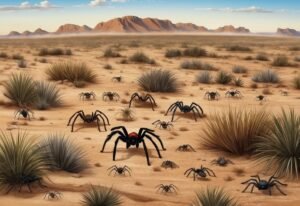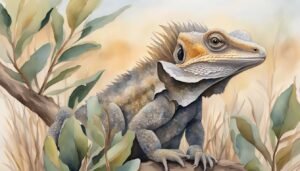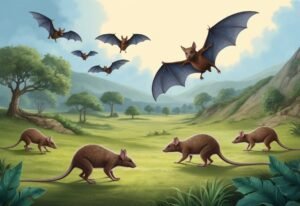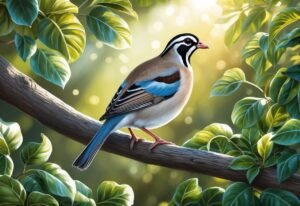History of Apples: From Ancient Orchards to Modern Favorites

Apples originated in Central Asia and spread globally via trade routes like the Silk Road, evolving from small, tart fruits into the diverse varieties we enjoy today.

Apples originated in Central Asia and spread globally via trade routes like the Silk Road, evolving from small, tart fruits into the diverse varieties we enjoy today.

Australia's diverse habitats, warm climate, and continental isolation have led to the evolution of over 10,000 unique spider species, playing a crucial ecological role.

The Molotov cocktail, a glass bottle filled with flammable liquid and a burning cloth, became symbolic as an effective, accessible weapon used in global conflicts, from its origins in the Spanish Civil War to its prominent use in the Winter War between Finland and the Soviet Union, and continues to be a symbol of resistance.

The frilled lizard is known for its neck frill, uses it for camouflage and defense, and lives in Northern Australia and New Guinea.

Pistol shrimp, small crustaceans with a unique oversized claw, can create powerful bubbles that produce a loud snap and can stun or kill small prey.

Diabetic dogs need diets high in fiber, low in carbs, and rich in quality protein to control blood sugar and maintain health; consult a vet before changing diets.

Bats first appeared in the fossil record about 50 million years ago with features for flight and echolocation, playing crucial roles in nature's ecosystem.

The iPhone, introduced in 2007, revolutionized mobile phones with its user-friendly touchscreen and multifunctionality, changing communication, work, and entertainment.

Partridges are small, plump game birds from the Phasianidae family, known for their tasty meat, pretty feathers, and diverse habitats ranging from fields to forests worldwide.

Light energy, a form of electromagnetic radiation visible to the eye, comes from sources like the sun and light bulbs and plays essential roles like enabling vision, photosynthesis, and electricity generation.